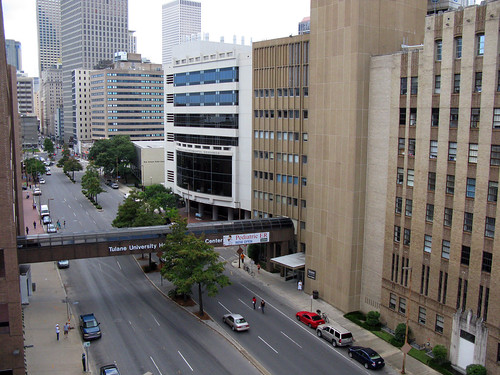When I first came to Boise I was worried about what there was going to be to do for fun. Me being from Seattle and being a huge sports fan it was fun to go watch the Mariners, Seahawks, Washington Huskies, Kent Thunderbirds, and the Sonics when they were there. I didn’t know of anything besides the Boise State Football team. But when I went to the first game I was amazed. Boise does the best job I have ever seen in rallying behind there sports teams. I used to go to Seahawks games all the time when I was home and everyone says that the 12th man at Century Link is the best in football and rightfully so, but Seattle doesn’t support the Seahawks like Boise supports the football team here, I’ve never been around an atmosphere like this.
A big reason for why I chose the topic of Chris Petersen was because of how much he means to the city and how much support he gets. He deserves all of the credit he gets and all the money that he makes. Chris Petersen is one of the most successful coaches to ever coach at the Division I level. Week in and week out he prepares his team to go out and win and every home game. The best part about Coach Pete is the fact that every year the Alabama’s and LSU’s get the best players in the country. Coach Pete gets the bottom of the barrel and still competes and wins ten plus games a year. Each home game there are thousands of people who attend the football games because of what he does on the field that makes this University so successful. But the best part about Coach Pete is not what he does on the field; it’s what he does off the field that’s even more meaningful. He stresses the concept of “student-athletes”, you are a student first, then an athlete. He does so much for this community and he sets an example on and off the field.
When researching Chris Petersen it wasn’t too hard to find information about him or his path to being the head coach here at Boise State. The only tough part was trying to put together all of his coaching jobs and all of his awards. Coach Pete has received numerous awards throughout his career. It was tough trying to paraphrase and put in order all of his awards won as the Boise State coach. What I did to overcome these hurdles was to take my time and do a lot of research. I went through a couple of different websites and made sure each site was accurate then did my best to accurately organize all of coaching jobs and things he has done here in Boise.
While I was writing this article on Coach Pete I was very surprised that no one had written anything on him before me. The reason why it surprised me was because of Chris’s significant here in Boise. My thoughts when writing this piece that may become a large piece of Boise was that I hope this article is good enough for people to look at and not get mad at me. What I mean by that is how am I supposed to write an article about Chris Petersen that is supposed to be around 300-600 words. For all that he has done while at Boise State it was tough trying to write something in those few words. But with this article I did my best to give as much recognition and praise that I could in order for the people of Boise to read this and hopefully be proud of this article to call him our coach. One liability that I was worried about when writing this article was that I am not originally from Boise. So I don’t all there is to know about Chris Petersen and all he does for Boise. People from Boise probably know a lot more about him and have plenty of things to add when talking about the things that he does off the field. But the advantage of me writing this for the Boise Wiki is that I get to add my outsider’s point of view about how important Chris Petersen is to Boise. I have a different view than people who are from Idaho and I think I added my own point of view as to what he means and his significance to this community.
Some advice that I would give to future Boise Wiki contributors is that this can be a lot of fun. It was cool writing an article for all of the people in Boise to see and add to. If you find a topic that you like to write about and can provide information to support your article then I would definitely advise more people to contribute to the Boise Wiki. It was interesting to see all of the articles that have been written for the Boise Wiki and the more and more people contribute than the better I think the site will be. So overall make sure to write about something you like and be honest and research as much as you can and you should be fine.




